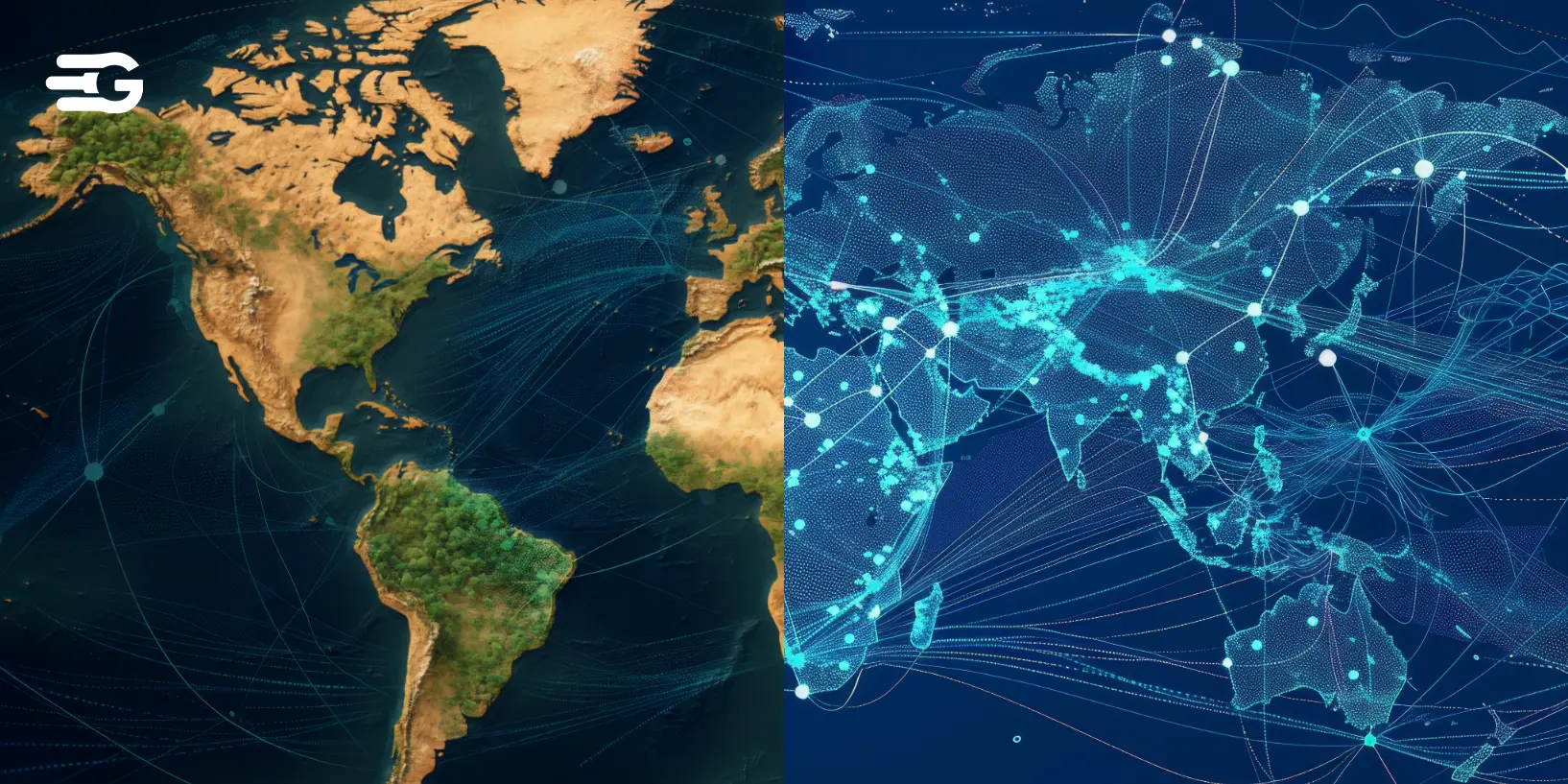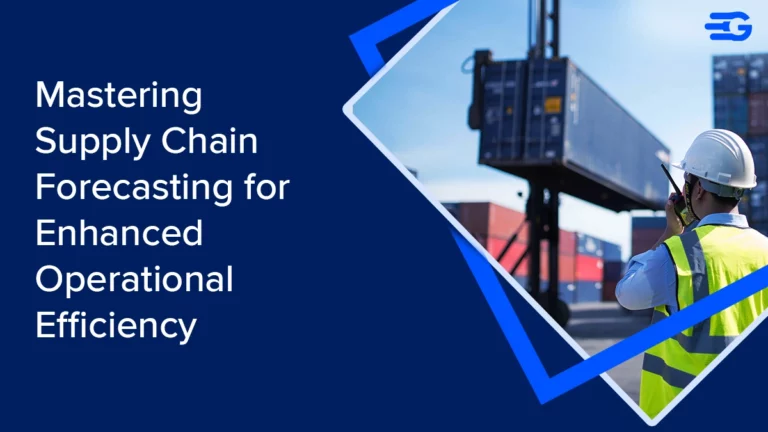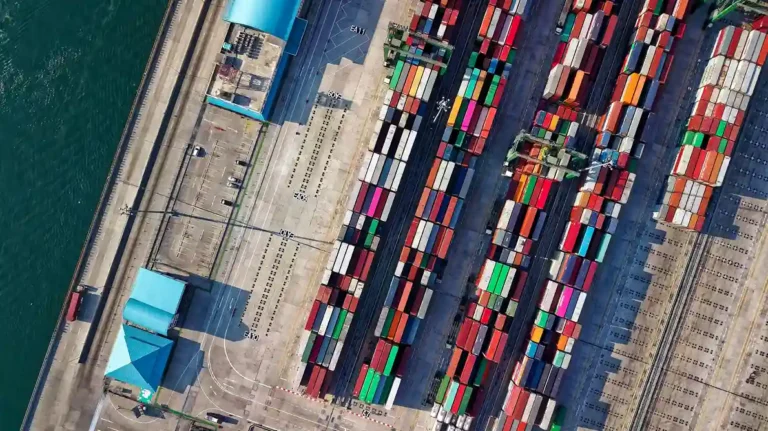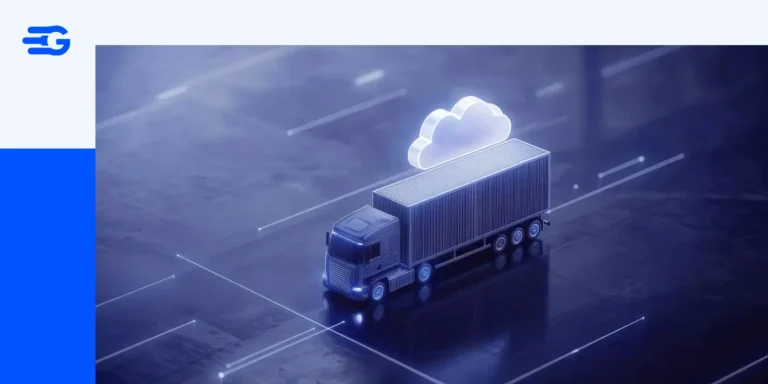Most Important Supply Chain Control Tower Metrics & KPIs
Supply chains today are messy. Between juggling multiple suppliers, warehouses scattered across different time zones, and customers expecting faster deliveries than ever, keeping track of everything feels impossible. That’s where supply chain control tower metrics come in to save the day.
Think of these supply chain control tower metrics as your dashboard for staying on top of what’s actually happening in your operations. When you track the right KPIs, you can catch problems early, keep costs under control, and actually deliver on those promises you made to customers. Let’s dive into the metrics that matter most.
What Are Supply Chain Control Tower Metrics
Supply chain control tower metrics are specific measurements that track how well your supply chain operations are performing across different stages of the process. These KPIs give you concrete numbers on everything from how fast you’re fulfilling orders to how often your suppliers are meeting their delivery commitments.
Instead of waiting for problems to blow up, these measurements help you spot trends and issues while you can still do something about them. For example, when you know your order fulfillment rate dropped 5% last month or your inventory turnover is slower than industry benchmarks, you have something concrete to fix.
Without these supply chain control tower metrics, you’re basically running your operations on gut feelings and hoping for the best.
Why Supply Chain Control Tower KPIs Matter for Your Business
Supply chain control tower metrics directly impact your business performance and competitive advantage in ways that show up on your bottom line.
- Real Time Problem Detection: When something goes wrong in your supply chain, supply chain control tower metrics help you catch it before it becomes a customer facing disaster. Instead of finding out about delivery delays from angry customers, you get alerts when shipments are running behind schedule.
- Cost Control and Efficiency: These KPIs show you exactly where money is being wasted in your operations. Whether it’s excess inventory sitting in warehouses or inefficient shipping routes, the data helps you cut costs without sacrificing service quality.
- Better Customer Experience: Supply chain control tower metrics directly tie to customer satisfaction. When you track on time delivery rates and order accuracy, you can consistently meet customer expectations and build stronger relationships.
- Data Driven Decision Making: Instead of making supply chain decisions based on hunches or outdated reports, these metrics give you current information to work with. You can adjust strategies quickly when market conditions change or supplier performance shifts.
For example, Essentra, a global manufacturing leader operating across 25 countries, transformed their supply chain operations using GoComet’s integrated platform.
By implementing automated tracking, centralized invoice management, and real time visibility tools, they achieved remarkable results including 4.34% savings on freight spend, over 20 hours of time savings in invoice processing, and significantly improved vendor participation in procurement processes.
With that said, let’s now see the supply chain control tower you need to track.
10 Most Important Supply Chain Control Tower Metrics & KPIs
The following supply chain control tower metrics represent the core KPIs that successful companies use to monitor and optimize their operations. Each metric provides specific insights into different aspects of your supply chain performance.
1. Order Fulfillment Rate
What percentage of customer orders do you complete successfully? Order fulfillment rate answers this question by tracking orders delivered without errors, delays, or cancellations.
When this number starts dropping, it usually signals problems with inventory availability, processing workflows, or supplier reliability that need immediate attention.
2. Inventory Turnover Ratio
Your inventory turnover ratio reveals how efficiently capital flows through your business. Calculate it by dividing your cost of goods sold by average inventory value over a specific period. High turnover generally indicates strong demand forecasting and efficient operations, while low turnover might mean you’re carrying too much slow moving stock.
3. Perfect Order Rate
Perfect orders meet every single customer requirement: correct items, on time delivery, undamaged products, and accurate paperwork. Unlike basic fulfillment metrics, this supply chain control tower metric captures the complete customer experience from order to delivery.
Companies achieving 95% or higher perfect order rates typically spend less on customer service and see stronger repeat business.
4. Order Cycle Time
From click to delivery, how long does your entire process take? Order cycle time covers everything from initial order processing through final customer delivery. Fast cycle times give you competitive advantages, especially when customers have multiple supplier options. Bottlenecks often hide in areas like inventory picking, packaging, or carrier handoffs.
5. On Time Delivery Performance
Reliability builds customer trust, and on time delivery performance quantifies that reliability. Track what percentage of your shipments arrive by promised dates rather than just measuring against carrier estimates. This metric directly influences customer satisfaction scores and repeat purchase behavior across most industries.
6. Stockout Frequency
Nothing frustrates customers more than finding out their desired product isn’t available. This supply chain control tower metric tracks how often you run out of inventory when customers want to buy.
Beyond lost immediate sales, frequent stockouts damage brand reputation and push customers toward competitors who can consistently fulfill orders.
7. Cost Per Order
Understanding your true fulfillment economics requires knowing exactly what each order costs to process and deliver. This supply chain control tower metric includes everything from labor and packaging to shipping and handling fees.
Armed with accurate cost per order data, you can make smarter pricing decisions and identify the biggest opportunities for operational improvements.
8. Supplier Performance Score
Your suppliers make or break your customer promises, which makes supplier performance scoring essential for risk management. Combine factors like delivery timeliness, quality ratings, communication responsiveness, and flexibility into weighted scores for each supplier relationship. These scores help you allocate more business to reliable partners while developing improvement plans for underperforming ones.
9. Customer Satisfaction Index
How do customers actually feel about their order experience? Customer satisfaction surveys focused specifically on fulfillment and delivery provide crucial feedback about your supply chain performance from the end user perspective. This supply chain control tower metric often reveals disconnect between internal performance metrics and customer perceptions.
10. Supply Chain Visibility Score
Real time visibility into your supply chain operations determines how quickly you can respond to disruptions and opportunities. Calculate what percentage of shipments, inventory locations, and supplier activities you can track continuously rather than just at major milestones. Higher visibility typically translates to better performance across all other operational metrics.
These supply chain control tower metrics work together to give you a complete picture of operational performance. The key is tracking them consistently and using the insights to make continuous improvements to your processes.
How to Track and Measure These KPIs Effectively
Successfully tracking supply chain control tower metrics requires the right technology platform that can integrate data from multiple sources.
Modern supply chain visibility platforms like GoComet provide real time dashboards that consolidate information from suppliers, carriers, warehouses, and customers into a single view.
- Automated Data Integration Connect all your systems including ERP, WMS, and carrier platforms to automatically feed data into your control tower dashboard. This eliminates manual data entry and ensures your supply chain control tower metrics are always current.
- Real Time Alerts and Notifications Set up customizable thresholds for each KPI so your team gets immediate alerts when performance drops below acceptable levels. This enables quick response to potential disruptions before they impact customers.
- Centralized Dashboard Views Use platforms that offer role based dashboards so different team members can focus on the supply chain control tower metrics most relevant to their responsibilities while maintaining visibility into overall performance.
The key is choosing technology that makes tracking effortless so you can focus on acting on the insights rather than collecting the data.
Conclusion
Getting your supply chain control tower metrics right isn’t just about having fancy dashboards full of numbers. It’s about knowing which metrics actually move the needle for your business and staying on top of them consistently. When you focus on the KPIs that matter most, like order fulfillment rates and supplier performance, you start catching problems before they hit your customers.
The companies doing this well aren’t necessarily the biggest or most well funded. They’re the ones that picked the right metrics, set up proper tracking systems, and actually use the data to make better decisions every day. If you’re ready to stop guessing and start optimizing based on real performance data, book a demo with GoComet today to get there faster.




